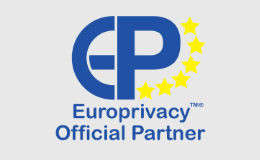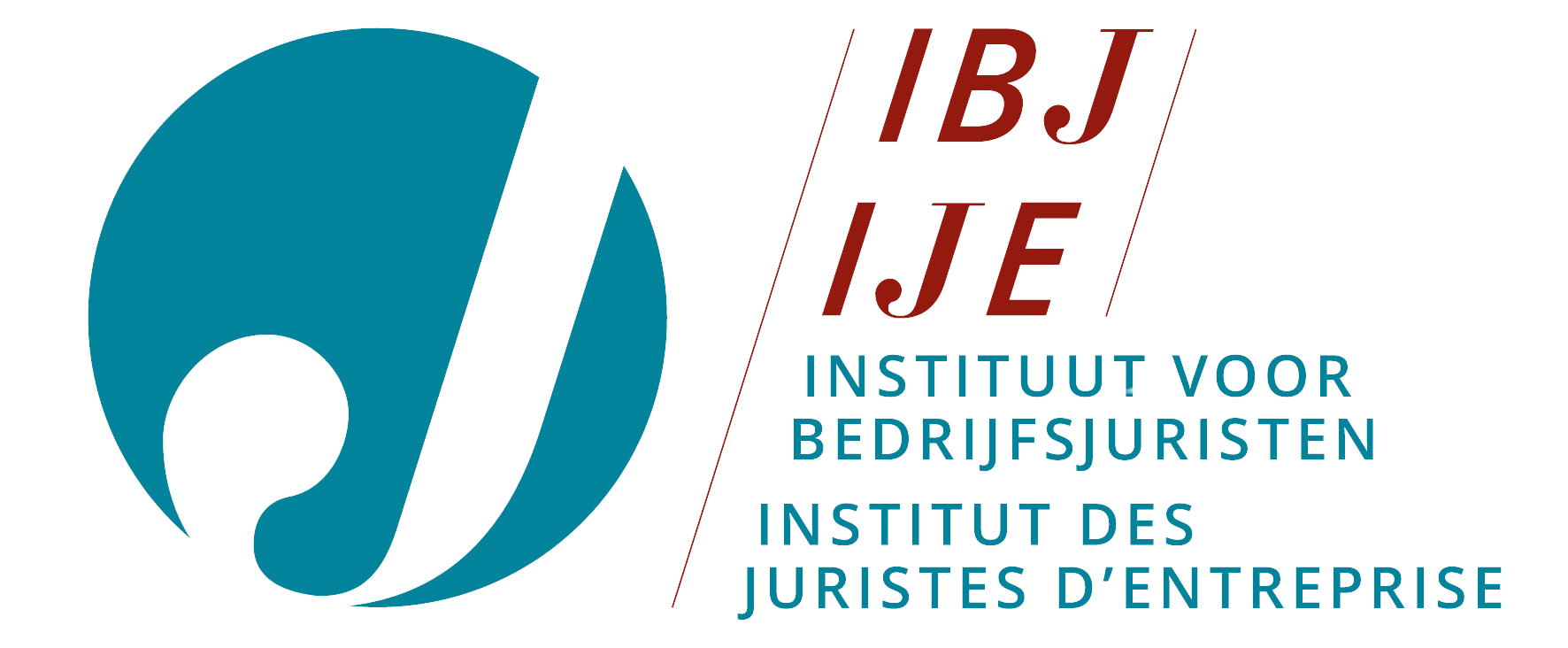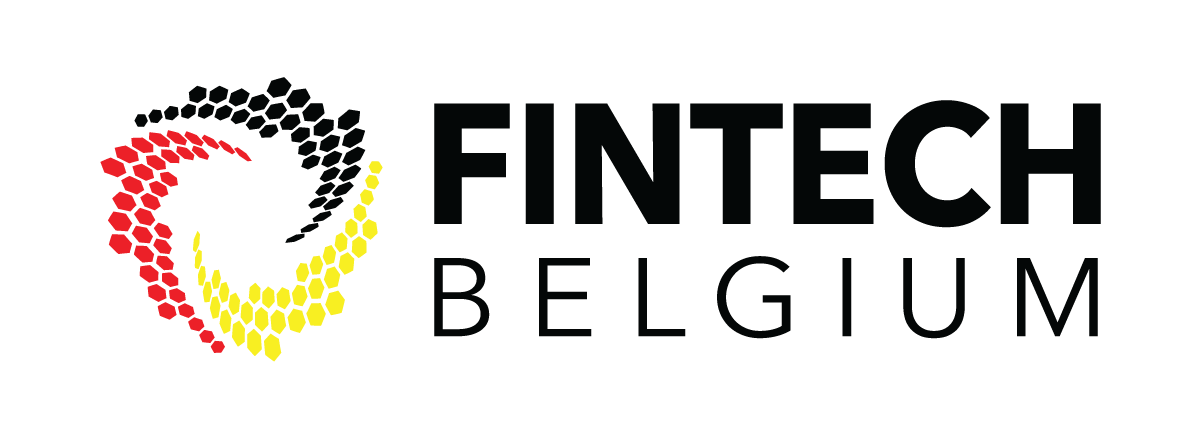Looking for?
The New EU Technology Transfer Block Exemption Regulation
On 1 May 2014 the new EU Technology Transfer Block Exemption Regulation entered into force and new guidelines concerning the application of Article 101 of the Treaty on the Functioning of the European Union (TFEU) to technology transfer agreements were also published. Together they represent the core competition law framework for technology licensing.
New Technology Transfer Block Exemption Regulation and Guidelines
On 1 May 2014 Regulation 316/2014 on the application of Article 101(3) of the Treaty on the Functioning of the European Union to categories of technology transfer agreements entered into force. This regulation, which replaces Regulation 772/2004, updates the Block Exemption for technology transfers from the prohibition of practices that restrict competition, as contained in Article 101(1) TFEU.
At the same time the European Commission updated its Guidelines concerning the application of Article 101 TFEU to technology transfer agreements.
The characteristics of the new Regulation will be discussed briefly.
General framework remains unchanged
The Regulation’s general framework has not changed. The Regulation still seeks to strike a balance between fair competition and fostering the beneficial effect that technology transfers have on technical development, which ultimately benefit the consumer and strengthen competition. Therefore the “safe harbour” of the Regulation’s Article 2 Block Exemption still only applies where the parties to the technology transfer agreement do not have a combined market share exceeding 20%, in case of competing undertakings, or 30%, in the case of non-competing undertakings (Article 3).
But some restrictions have been adapted
As usual, the Regulation provides for hard-core restrictions in which the Block Exemption does not apply, except in certain exceptional cases. A notable change here is the further restriction of the clause prohibiting passive sales of contract products by a licensee to the exclusive territory or the exclusive customer group of another licensee Such obligation was considered valid under the former version of the Regulation during the first two years that the other licensee marketed such products in this territory or to this customer group. In line with the policy of the other Block Exemptions, passive sales restrictions between the licensees in relation to exclusive territories or customer groups are from now on not covered by the Regulation’s general exemption.
Moreover, the Regulation also provides for excluded restrictions. When an obligation of a technology transfer agreement is identified as an excluded restriction, the Regulation’s Block Exemption does not apply to that restrictive obligation.
This outcome does not necessarily mean that the entire technology transfer agreement is excluded from the Block Exemption. Individual assessment is required; if an agreement contains an excluded restriction, the remainder can still benefit from the Block Exemption if the obligation containing the excluded restriction is severable from the rest of the agreement.
It is here that two other notable changes have been made compared to the Regulation as it stood before. First, in its Article 5(1)(b), the Regulation clearly states that any grant back obligations are strictly forbidden. A grant back obligation is an obligation that the licensee undertakes to grant (through a transfer of the rights or an exclusive license) the licensor all rights that may arise out of improvements of the licensed technology or new applications of that technology, made or discovered by the licensee. The old Regulation only forbade such a contractual obligation when the improvements or applications were severable from the original licensed technology and were thusly capable of being exploited separately.
The new provision implies that all rights arising out of improvement or new applications of the licensed technology will remain with the licensee, and this may provide an incentive to stimulate R&D. In practice it is conceivable that the licensee will have to grant a non-exclusive license on the improvements to the licensor to be able to use the improvements itself.
Furthermore, the new Regulation also excludes from the Block Exemption any direct or indirect obligation on a party (most probably the licensee) not to challenge the validity of the intellectual property rights of the other party. This exclusion does not mean that no exemption can be obtained here. As with all exclusions from the scope of the Regulation’s general exemption, an individual exemption under Article 101(3) TFEU remains possible in principle, but will depend on a case-by-case assessment by the Commission. There is however, an exception under the new Regulation. In the case of an exclusive license, a technology transfer agreement stipulating that the contract will be terminated in the event of the exclusive licensee challenging the licensor’s intellectual property rights will be covered by the Regulation’s exemption.
Patent pools
A last notable change is that the Commission has, in a revised section of its Guidelines (section 4.4), acknowledged the pro-competitive qualities of technology pools, especially patent pools, and consequently has further developed safe-harbour rules protecting these pools.
Relation with other Block Exemptions
The new Regulation clarifies that it is not applicable to licensing arrangements in R&D agreements or specialisation agreements falling under their specific Block Exemptions.
Transitional measures
Although the new Regulation has already entered into force, agreements concluded up to 30 April 2014 will remain exempted during a transitional period ending on 30 April 2015.
For further information on this legal development please contact Stefan Van Camp at (stefan.vancamp@timelex.eu).
This publication does not necessarily deal with every important topic or cover every aspect of the topics with which it deals and is not designed to provide legal or other advice.








